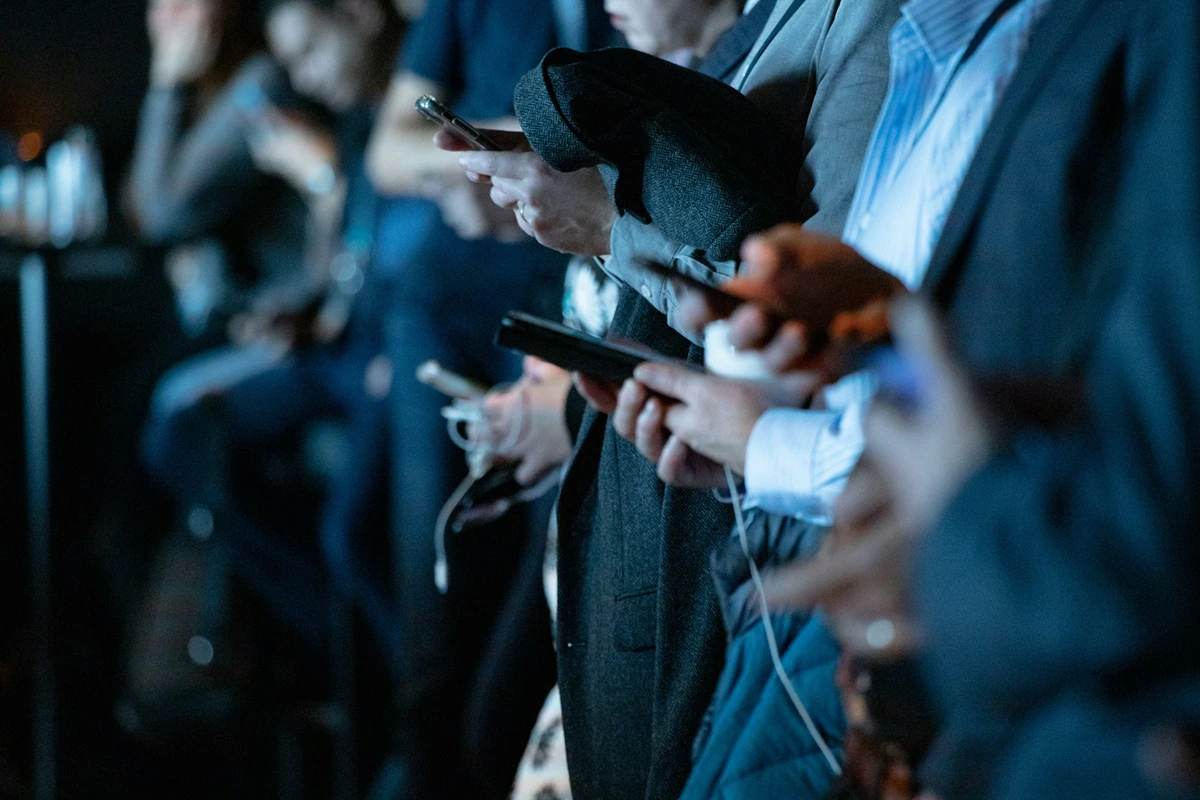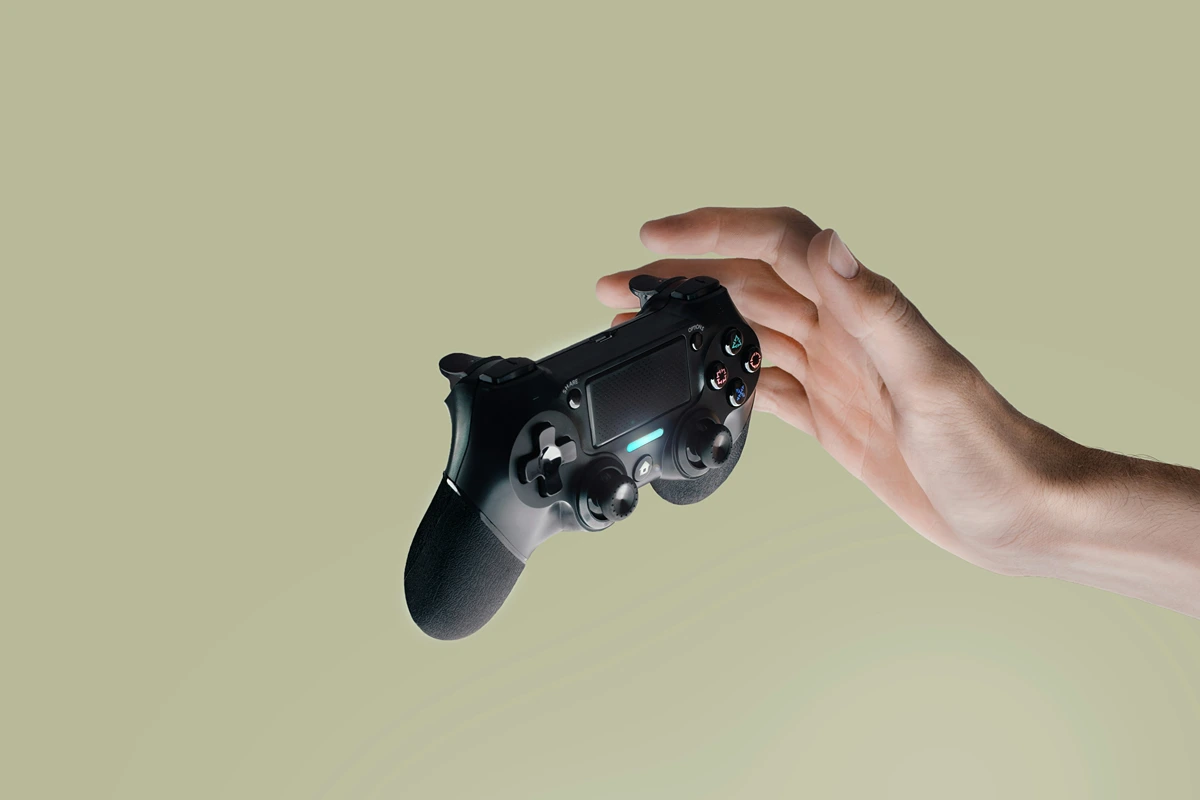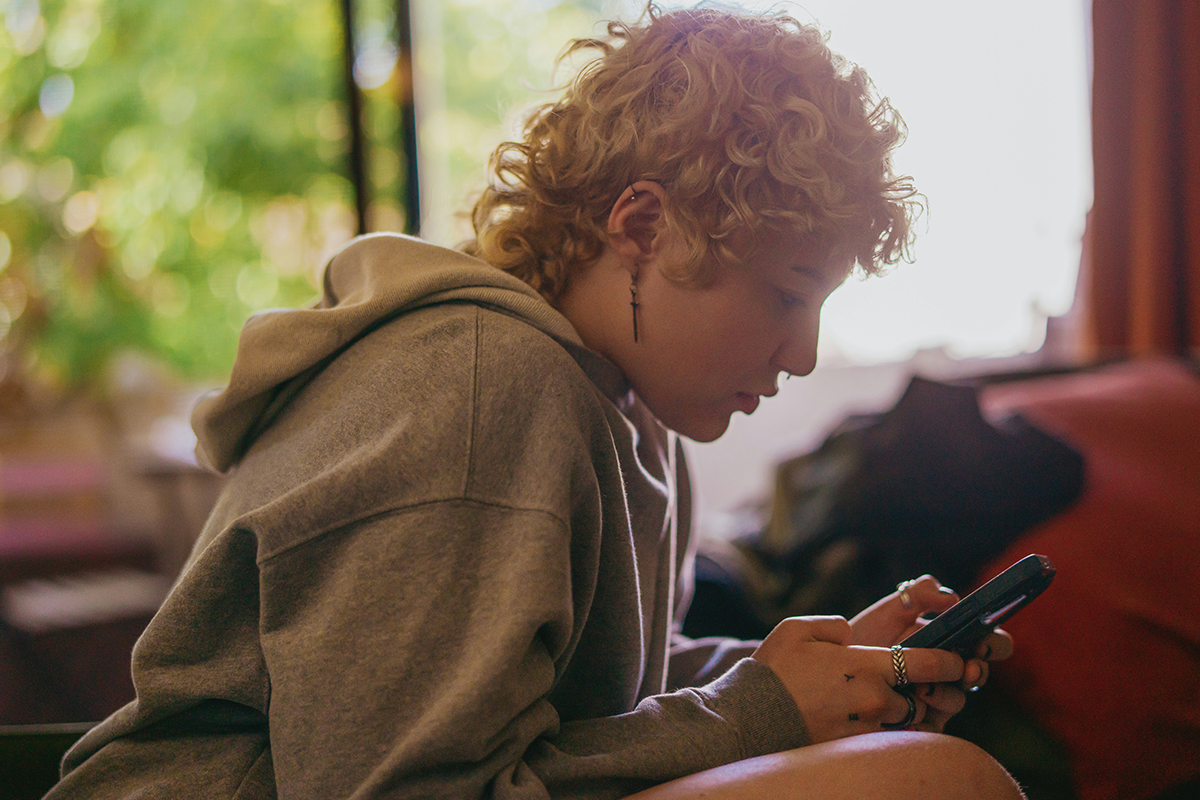How ADHD Affects Social Media Use
If you live with ADHD—or teach/parent someone who does—you already battle an easily sidetracked brain. Add an endlessly refreshing feed, pings, and autoplay videos and you get the perfect storm. Research links social media ADHD use with technology addictions and poorer focus (Aydin et al., 2023). Platforms aren’t evil; they’re engineered for engagement (Flayelle et al., 2023). The trick is building intentional habits so your scrolling serves you, not vice‑versa.
Why Social Media Feels Harder for People with ADHD
- Hyper‑reward design. Infinite scroll and “likes” feed dopamine, making disengagement tougher (Flayelle et al., 2023).
- Distraction on tap. Frequent task‑switching fries working memory and tanks grades (Feng et al., 2025).
- Sleep sabotage. Late‑night doom‑scrolling reduces sleep quality, fuelling next‑day fatigue (Yaakoubi et al., 2024; Woods & Scott, 2016).
- Mood swings. Heavy online time correlates with higher anxiety, stress, and depression (Stanković et al., 2021).
Spot Your Scroll Triggers
Ask yourself why you reach for the phone:
- Boredom breaks?
- Procrastination via doom‑scroll?
- Stress relief?
- FOMO after each ping?
Logging when/why you open apps builds the self‑awareness every behaviour change starts with.
7 Strategies to Reclaim Your Feed
1. Set Time & Place Boundaries
Pick tech‑free blocks (e.g., lectures, the hour before bed). Even a 7‑day abstinence boosts wellbeing (Brown & Kuss, 2020).
2. Use Built‑In App Timers
Android & iOS screen‑time dashboards surface hidden usage patterns—data beats guesswork.
3. Tame Notifications
Silence non‑urgent alerts or batch‑deliver them. Fewer pings = fewer impulse checks.
4. Curate “High‑Value” Follows
Unfollow accounts that spike anxiety; prioritise communities that uplift or educate.
5. Swap Scrolls for Micro‑Rewards
Replace reflex swipes with quick stretches, a 60‑second breathing app, or texting a friend IRL.
6. Try a Weekend Digital Detox
Short breaks can reduce perceived stress and cravings while resetting habit loops (Radtke et al., 2021).
7. Practise Digital Mindfulness
Keep a “scroll diary” for a week, noting mood pre/post‑usage. Mindful tracking improves self‑regulation (Damico & Krutka, 2018).
Be Kind to Yourself
Building balanced tech habits is a marathon, not a sprint. Slip‑ups? Normal. Celebrate small wins—like one distraction‑free study block—and iterate.
References
- Aydin, T., et al. (2023). Trait-level ADHD & tech addiction. Current Psychology.
- Brown, L., & Kuss, D. J. (2020). FOMO & wellbeing after social-media fast. IJERPH 17(12).
- Damico, N., & Krutka, D. G. (2018). Digital-mindfulness diaries. Teach Teach Educ 73, 109–119.
- Feng, T., et al. (2025). SM addiction & burnout. Heliyon 11.
- Flayelle, M., et al. (2023). Addictive tech-design taxonomy. Nat Rev Psychol 2(3), 136–150.
- Radtke, T., et al. (2021). Digital-detox review. Mob Media Commun 10(1), 190–215.
- Stanković, M., et al. (2021). Smartphone use & mental health. Pers Indiv Dif 168.
- Yaakoubi, M., et al. (2024). Smartphone addiction & sleep. School Ment Health 16(4), 1236–1246.
*Disclaimer: Offline Now offers educational coaching tips, not medical or therapeutic advice; please consult a qualified health professional for personal or clinical concerns.*



